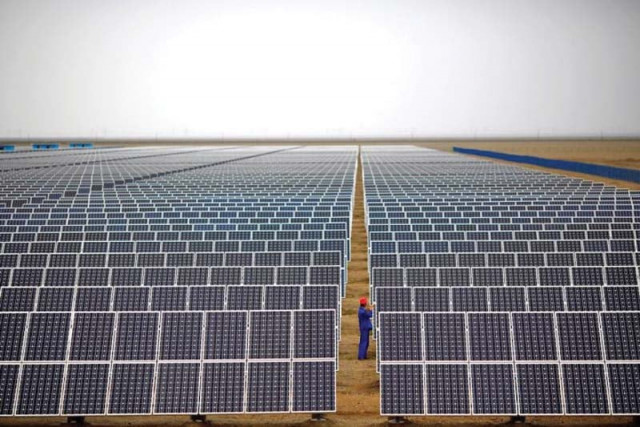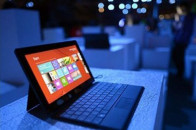Economic corridor: Pakistan, China to step up work on framework accord
Differences could not be fully addressed during visit of Chinese experts.

Differences could not be fully addressed during visit of Chinese experts. PHOTO: REUTERS
Islamabad and Beijing have decided that they will speed up the process of finalising a framework agreement for the China-Pakistan Economic Corridor (CPEC) and vowed to address the outstanding issues in the next three months.
They agreed to delay the signing of the long-term framework as differences over modalities could not be fully settled during the visit of a Chinese expert group.
The 19-member expert group was led by Dongsheng, Deputy Director General of China Development Bank.
Both sides emphasised the importance of accelerating the drafting of the CPEC long-term plan, which was scheduled to be finalised by July, according to a press release issued by the Ministry of Planning, Development and Reform on Thursday.
They were of the view that CPEC should be promoted on a priority basis and step by step, incorporating long, short and medium-term needs of the two countries. They would work for early implementation of the Early Harvest Projects as well as the preparation of projects of the long-term plan in all sectors.
Under CPEC, China has promised to invest $45.6 billion in Pakistan in return for access to the Gwadar Port. Beijing will inject around $33.8 billion into energy projects and $11.8 billion into infrastructure schemes.
In the area of energy, $15.5 billion worth of coal, wind, solar and hydroelectric power projects were planned to be completed during the tenure of the present government.
However, they may encounter delays as the government has decided to abandon many coal projects after planning for their execution for a year.
CPEC also includes $5.9 billion for road projects and $3.7 billion for railway schemes, all of them would be completed before the end of PML-N’s government in 2018.
The abandoning of coal projects will lower the cost of upgrading the rail tracks, which the government planned in order to improve coal transportation.
During the visit, the Chinese experts held extensive discussions with their Pakistani counterparts, led by Hassan Nawaz Tarar, Secretary of the Ministry of Planning, Development and Reform.
Both sides expressed their determination to implement the consensus reached in previous meetings of the Joint Cooperation Committee of CPEC as well as its working groups, said the Ministry of Planning.
They reviewed the draft of the long-term CPEC plan covering 2015-30. It was agreed that CPEC is a comprehensive package of cooperative initiatives and projects, which covers key areas including connectivity, information network infrastructure, energy cooperation, industries and industrial parks, agricultural development, poverty alleviation, tourism, financial cooperation as well as livelihood improvement including municipal infrastructure, education, public health and people-to-people communication.
Both sides stressed that the prime objective of the economic corridor was to benefit all the regions and people in Pakistan.
With the experience to be gained in the process of project construction and improvement of local economy and security conditions, CPEC will not only benefit the entire Pakistan but will also contribute to regional peace, stability and prosperity, said the Ministry of Planning.
Published in The Express Tribune, March 13th, 2015.
Like Business on Facebook, follow @TribuneBiz on Twitter to stay informed and join in the conversation.



















COMMENTS
Comments are moderated and generally will be posted if they are on-topic and not abusive.
For more information, please see our Comments FAQ